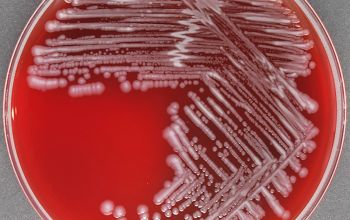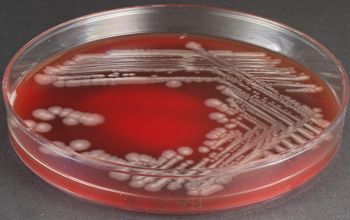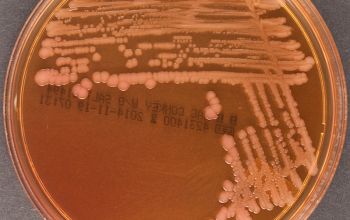Pseudomonas monteilii
-
General information
Taxonomy
Family: Pseudomonadaceae
P. monteillii belongs to the Fluorescent Group
Natural habitat
Isolated from soil, plants, water surfaces, rarely from clinical samples,
and isolated from human clinical samples like placenta, stool, bile, biological fluid, bronchial aspirate, urine and pleura fluid.
Clinical significance
Unknown, possible opportunistic pathogen.
-
Gram stain
Gram-negative rods, straight or slightly curved
0.5-0.8 by 1.5-3.0 µm
They are usually thinner than Enterobacteriacea
-
Culture characteristics
-
Obligate Aerobic
BA: they do not possess distinctive colony morphology and are non-hemolytic.
They do not smell and do not produce pyocyanine only pyoverdine.
McConkey: growth, non lactose fermenter
BBAØ: no growth
-
-
Characteristics
-
References
James Versalovic et al.(2011) Manual of Clinical Microbiology 10th Edition
Karen C. Carrol et al (2019) Manual of Clinical Microbiology, 12th Edition







